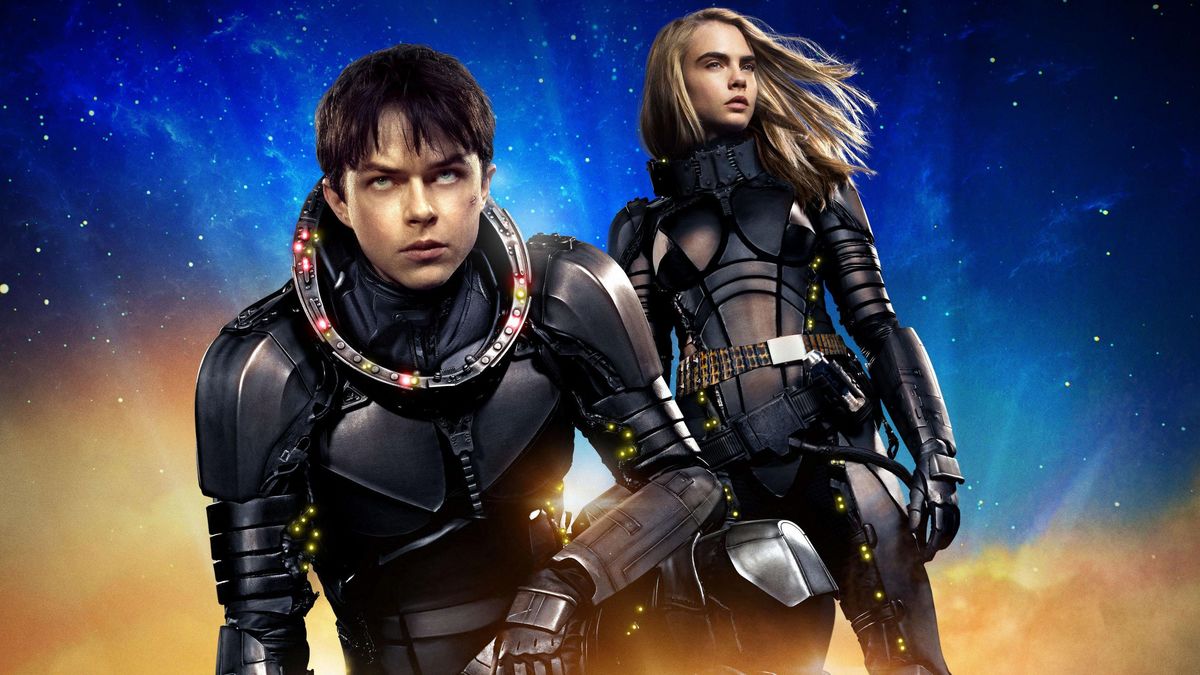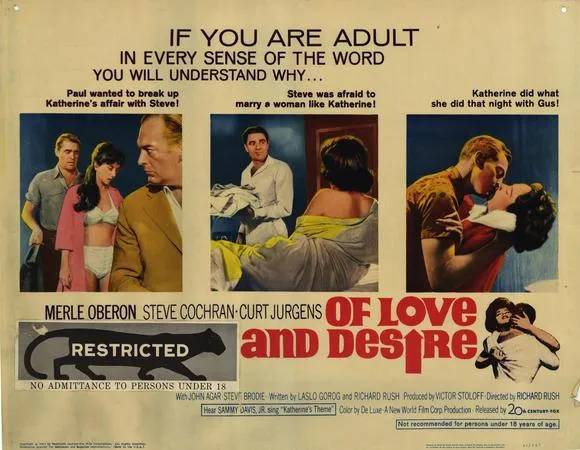Valerian and the City of a Thousand Planets (2017): A Visual Spectacle Beyond the Stars
Valerian and the City of a Thousand Planets, directed by Luc Besson, is a science fiction space opera that dazzles with its imaginative world-building, cutting-edge visual effects, and ambitious storytelling. Based on the French comic series Valérian and Laureline by Pierre Christin and Jean-Claude Mézières, the film was released in 2017 and starred Dane DeHaan as Valerian and Cara Delevingne as Laureline, two special agents navigating the complexities of an intergalactic civilization on the brink of crisis.
Set in the 28th century, the story follows Major Valerian and Sergeant Laureline as they undertake a mission to the sprawling metropolis of Alpha, known as the City of a Thousand Planets. Alpha is a colossal space station that has evolved into a hub of cooperation among countless alien species, each contributing their unique knowledge and culture. However, a mysterious force threatens the peace of this multicultural utopia. As Valerian and Laureline uncover the truth, they become embroiled in a deeper conspiracy involving a peaceful alien race called the Pearls, whose homeworld was destroyed under suspicious circumstances.

Visually, Valerian and the City of a Thousand Planets is a tour de force. Besson’s direction is richly imaginative, crafting elaborate alien environments and breathtaking action sequences. The film opens with a stunning montage of human and alien cooperation aboard Alpha, set to David Bowie’s “Space Oddity,” which immediately sets a tone of wonder and unity. The alien designs, particularly the peaceful, ethereal Pearls and the bustling Big Market—a multi-dimensional shopping zone—demonstrate a level of creativity rarely seen in mainstream science fiction films. The use of vibrant colors, elaborate costumes, and groundbreaking visual effects makes nearly every frame of the movie a piece of digital artwork.
However, despite its visual splendor, the film received mixed reviews, particularly regarding its narrative and character development. Critics pointed out that while the universe-building was impressive, the plot lacked emotional depth and coherence at times. The performances of DeHaan and Delevingne were also divisive, with some audiences finding their chemistry underwhelming. Nonetheless, the film was praised for its ambition and for pushing the boundaries of what a sci-fi blockbuster could visually achieve.

Another notable aspect of the film is its theme of diversity and coexistence. The multicultural nature of Alpha reflects an optimistic vision of the future, one in which knowledge-sharing and peace among civilizations are possible. This utopian idealism is undercut by the darker political undertones of colonialism and cover-ups, adding a layer of complexity to the otherwise adventure-driven narrative.
In the end, Valerian and the City of a Thousand Planets is a bold, visually mesmerizing film that takes risks and wears its imagination proudly. While it may falter in terms of storytelling and character dynamics, it remains a unique cinematic experience, particularly for fans of sci-fi and fantasy. Luc Besson's passion for the source material and his desire to create a visually unparalleled universe are evident throughout, making Valerian a film that, despite its flaws, stands out in the genre for its sheer visual audacity.



-1752122478-q80.webp)